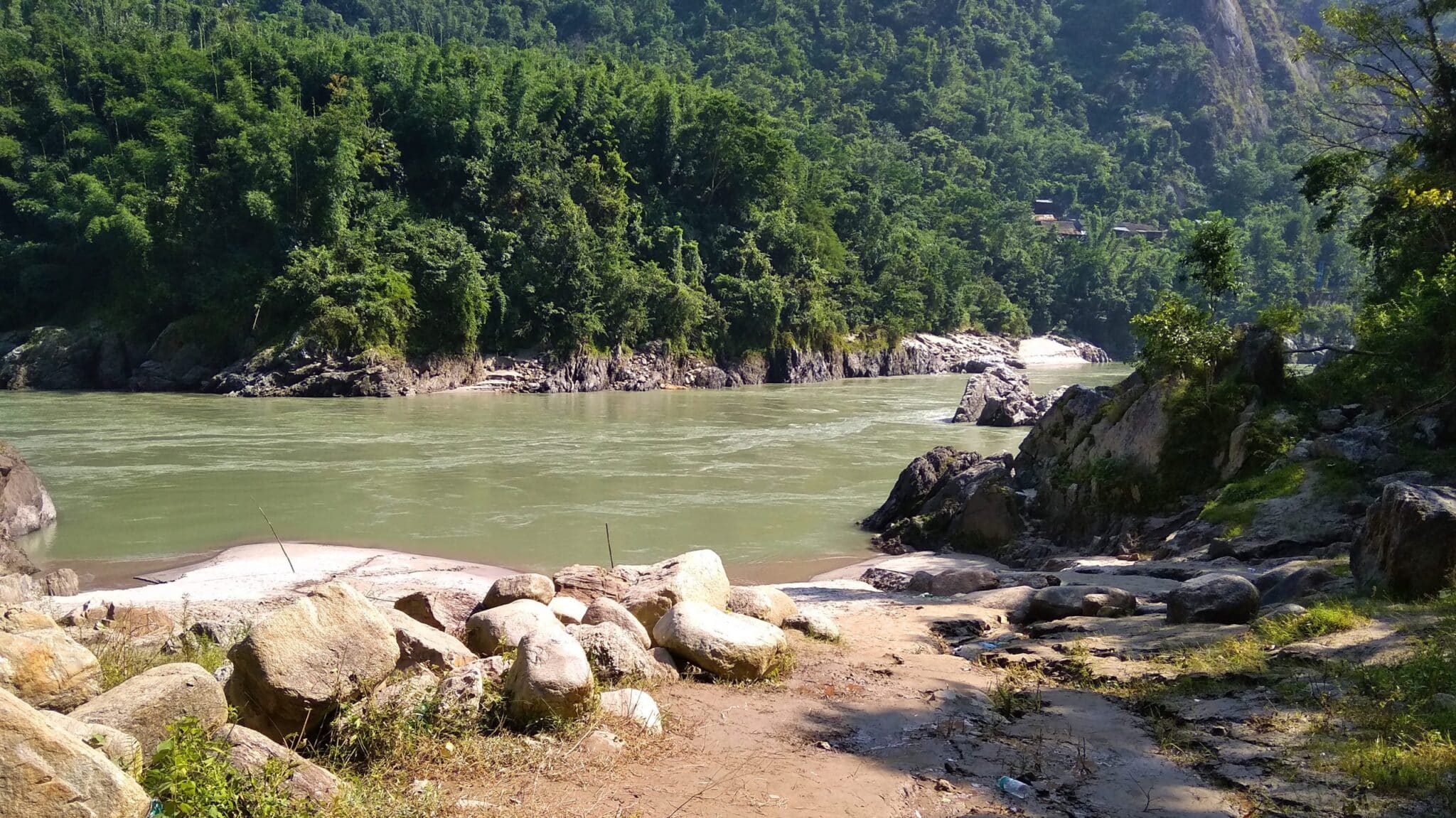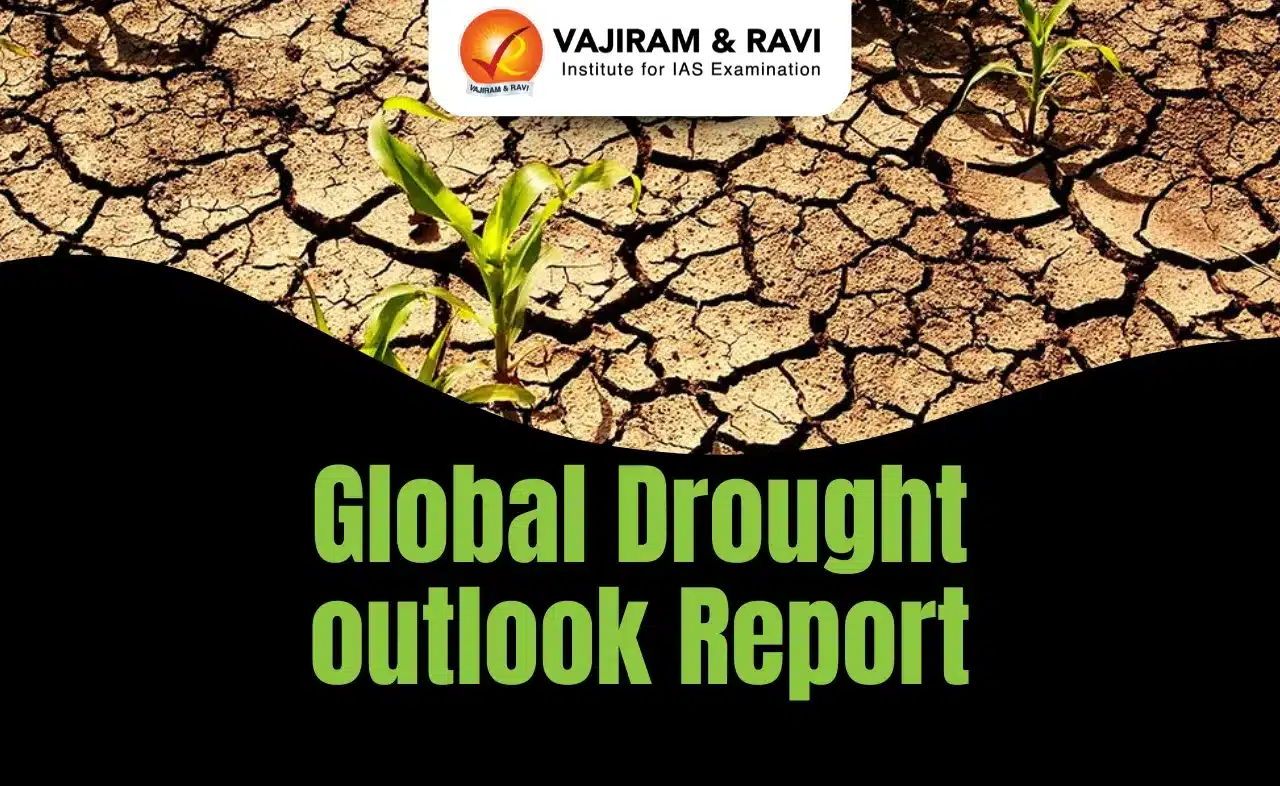About Saptakoshi High Dam
- It is a multipurpose project proposed to be constructed on the Saptakoshi River of Nepal (known as Koshi River in India).
- The project is primarily aimed at controlling floods in southeast Nepal and northern Bihar and generating hydropower.
- It is a bilateral project of the Indian and Nepalese governments under the Koshi agreement.
- The proposed place lies 1.6 km upstream from Barahakshetra temple in the Sunsari district of Nepal.
Key Facts about Koshi River:
- The Koshi River, also known as the “Saptakoshi” in Nepal, is a trans-boundary river that flows through India and Nepal.
- It is the largest river basin in Nepal.
- It is one of the biggest tributaries of the Ganga.
- Course:
- It originates from the Tibetan Plateau, crosses the Himalayas, and flows through the Mahabharat range and Siwalik hills, reaching the plains of eastern Nepal and finally meeting the Ganges in India.
- The overall length of the river is 729 km (453 miles).
- The Kosi river valley is bounded by steep margins that disconnect it from the Yarlung Zangbo River to the north, the Mahananda River to the east, the Gandaki to the west and the Ganga to the south.
- Tributaries:
- Indrawati, Sun Koshi, Tama Koshi, Likhu, Dudh Koshi, Arun, and Tamor are the major seven tributaries of the Koshi river system.
- These seven tributaries meet at Triveni, from where it is called Sapta-Koshi.
- Over the last 250 years, the Kosi River has changed its course. It has an unstable nature due to heavy silt.
- The Koshi River, often dubbed the ‘Sorrow of Bihar,’ inflicts devastating floods and substantial damage each year.
Q1) What is the Koshi agreement?
India and Nepal signed the Kosi agreement in 1954 to regulate the flow of the river and ensure flood management. A barrage straddling the India-Nepal border was to be constructed for this purpose, and embankments were to be raised on either side of the river. At the same time, the project was also to be utilized for power generation and irrigation purposes.
Source: Nepal, India Agree to Reduce Height of Saptakoshi Dam
Last updated on June, 2025
→ UPSC Notification 2025 was released on 22nd January 2025.
→ UPSC Prelims Result 2025 is out now for the CSE held on 25 May 2025.
→ UPSC Prelims Question Paper 2025 and Unofficial Prelims Answer Key 2025 are available now.
→ UPSC Calendar 2026 is released on 15th May, 2025.
→ The UPSC Vacancy 2025 were released 1129, out of which 979 were for UPSC CSE and remaining 150 are for UPSC IFoS.
→ UPSC Mains 2025 will be conducted on 22nd August 2025.
→ UPSC Prelims 2026 will be conducted on 24th May, 2026 & UPSC Mains 2026 will be conducted on 21st August 2026.
→ The UPSC Selection Process is of 3 stages-Prelims, Mains and Interview.
→ UPSC Result 2024 is released with latest UPSC Marksheet 2024. Check Now!
→ UPSC Toppers List 2024 is released now. Shakti Dubey is UPSC AIR 1 2024 Topper.
→ Also check Best IAS Coaching in Delhi
























